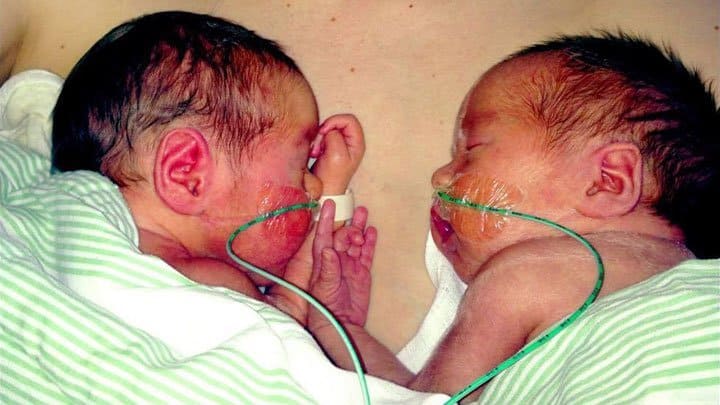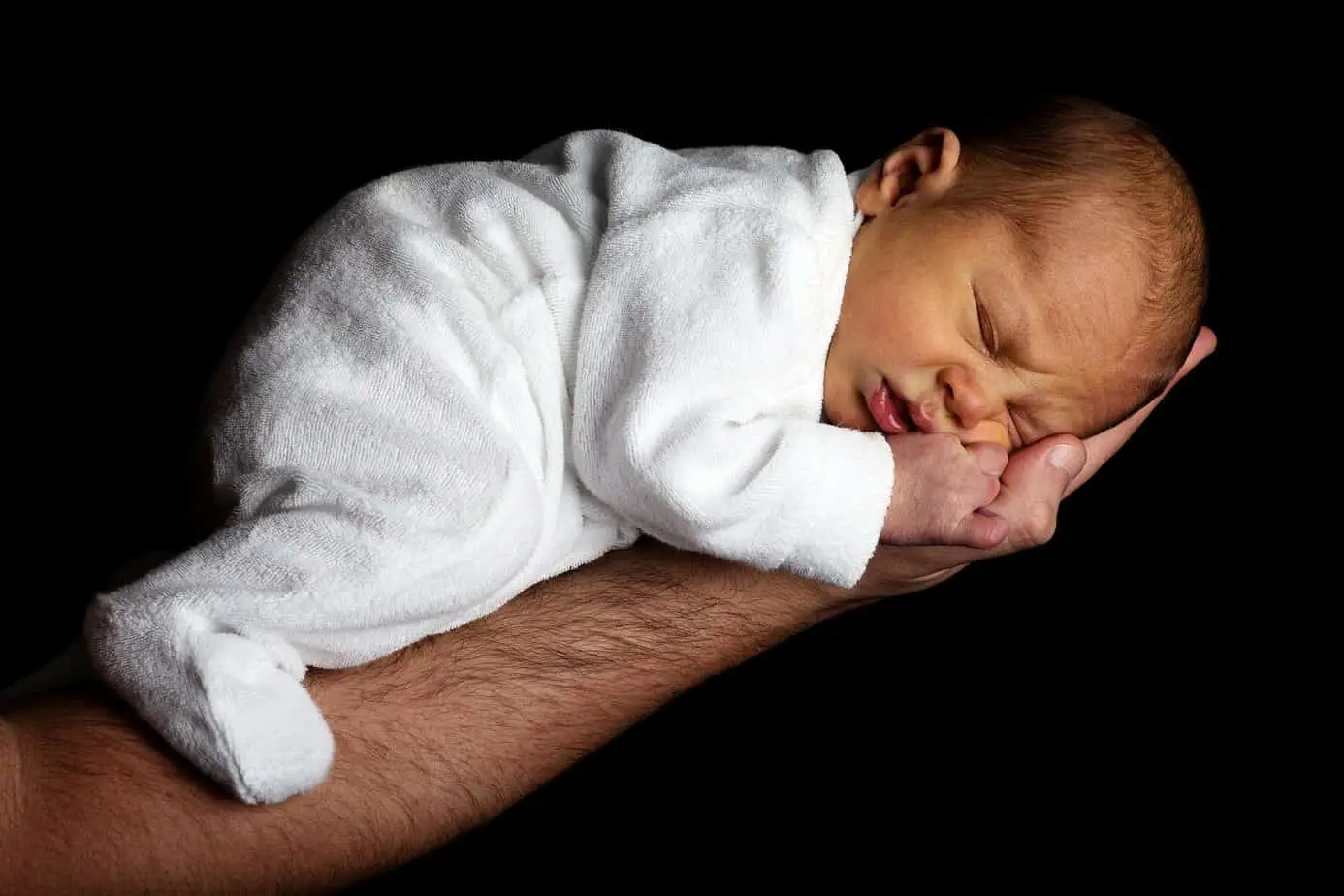Africa: One out of 5 twins die before they turn 5
Sub-Saharan Africa has the world’s highest under-5 and neonatal mortality rates as well as the highest naturally occurring twin rates. Even though under-5 mortality has decreased substantially in this region over the past decades, the fate of twins in sub-Saharan Africa is lagging behind that of singletons. This is brought to life in a study from the University of Oxford and Radboud University Nijmegen in the Netherlands. It was published in The Lancet Global Health in July 2017.
“Child mortality among twins is exceptionally high in this region of the world – and this is the type of higher mortality that is preventable. So our estimates is that 300.000 twins, who died last year, did not die because they have a disease or condition that is difficult to diagnose or that we do not know how to treat. We know how to diagnose twin pregnancies early on and we know what antenatal care and medical care and delivery is necessary to reduce this mortality,” says Christiaan Monden, Professor of Sociology and Demography at the University of Oxford, in an audio podcast. Listen to the full podcast (6:44).
Very high likelihood that one twin will die
20 percent of twins born in Sub-Saharan Africa die before the age of 5. This means that slightly over 200 of a thousand twins do not reach their 5th birthday. A woman giving birth to twins has a very high likelihood that at least one of them will die. Even though under-5 mortality has decreased for both singletons and twins in this region over the past decades, twins account for a substantial and growing share of under-5 and neonatal mortality.
“Our estimates is that in about 60 percent both children will survive until age 5, but in 1 in 4 cases at least one if them dies and in about 18 percent both children are predicted to die before their 5th birthday,” says Christiaan Monden.
Health-care services need to improve
There are strong evidence that twins are more vulnerable in any type of environment, due to early gestation age, low birth weight, and higher risk of congenital disorders, and the birth itself is also a major risk factor.
“We know twins are more vulnerable in any type of environment, but here we have these high twinning rates in an environment where being more vulnerable is often fatal and this is a combination we see nowhere else in the world. What matters then and what will matter in Sub-Saharan Africa is to have early diagnosis, antenatal care and trained medical assistance at delivery and actually giving birth to twins should ideally only happen in a hospital or clinic,” says Christiaan Monden.
Hopes to raise awareness
Christian Monden and his colleagues thought that there would be numerous studies on twin mortality in Africa, when they started looking into this. To their surprise, that was not the case. Their study is the first comprehensive analysis on trends in twin mortality in sub-Saharan Africa.
“Nothing can change if people are not aware of this problem. We hope to raise awareness. We think this is a sizable group, an early identifiable group and very vulnerable infants and babies and by just raising awareness we hope that in the end people and institutions will become aware of this problem and take action that will mean training, medical professionals, making sure that twin pregnancies can be diagnosed earlier on and in the end making sure that more women will be able to give birth in a medical setting,” says Christiaan Monden.














